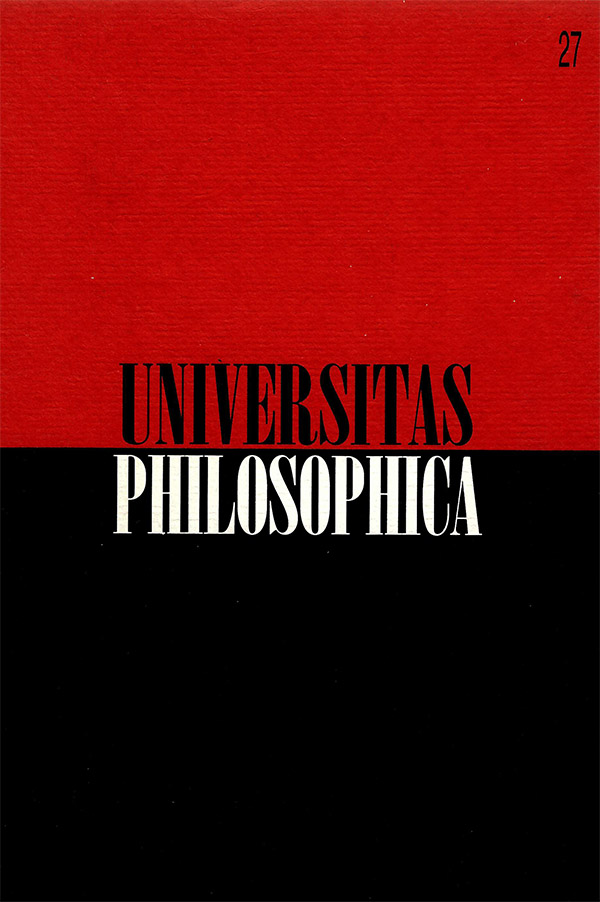Abstract
This essay offers a crtical appraisal of the relationship between modernity, postmodernity and transmodernity (and the post- colonial). It begins with a genealogy of the fundamental no- tions underpinning the temporal regimes of modernity. Foucault's notion of the panopticon is reformulated not in terms of optics or oculocentrism, but in terms of temporal and spatial mappings. Underlying Christendom, modernity, postmodernity, the author argues, is a particular chronotopology that regiments transcendence and social life in tercos of a calcu- lus of the teleological. This chronotope has assumed different chronograms, i.e. the modern, postmodern and postcolonial. The essay concludes offering a practical example of how the chronotopology of modernity works itself out in the case of biotechnology and genetic colonization.
This journal is registered under a Creative Commons Attribution 4.0 International Public License. Thus, this work may be reproduced, distributed, and publicly shared in digital format, as long as the names of the authors and Pontificia Universidad Javeriana are acknowledged. Others are allowed to quote, adapt, transform, auto-archive, republish, and create based on this material, for any purpose (even commercial ones), provided the authorship is duly acknowledged, a link to the original work is provided, and it is specified if changes have been made. Pontificia Universidad Javeriana does not hold the rights of published works and the authors are solely responsible for the contents of their works; they keep the moral, intellectual, privacy, and publicity rights.
Approving the intervention of the work (review, copy-editing, translation, layout) and the following outreach, are granted through an use license and not through an assignment of rights. This means the journal and Pontificia Universidad Javeriana cannot be held responsible for any ethical malpractice by the authors. As a consequence of the protection granted by the use license, the journal is not required to publish recantations or modify information already published, unless the errata stems from the editorial management process. Publishing contents in this journal does not generate royalties for contributors.


